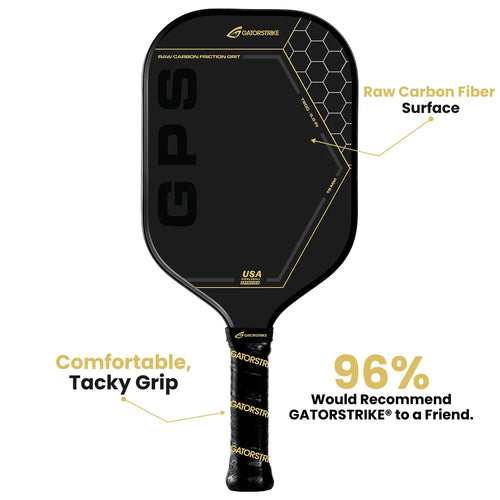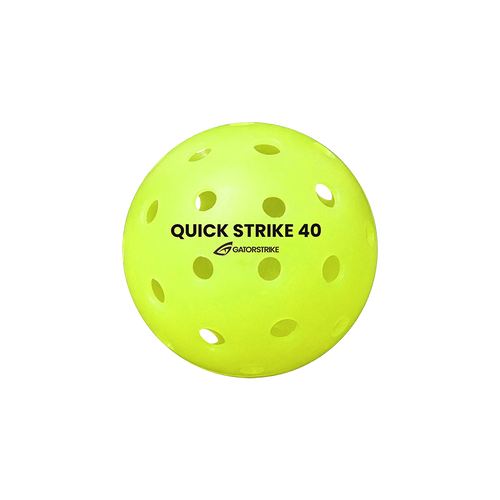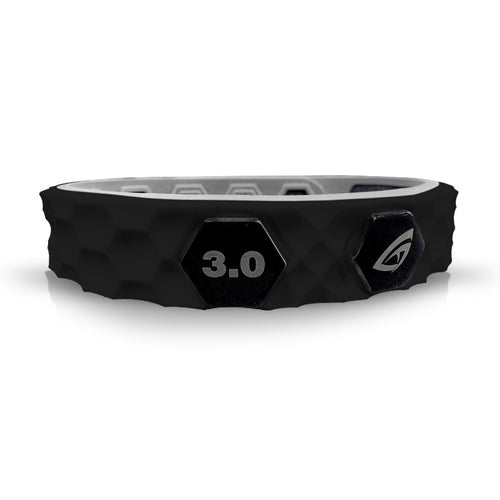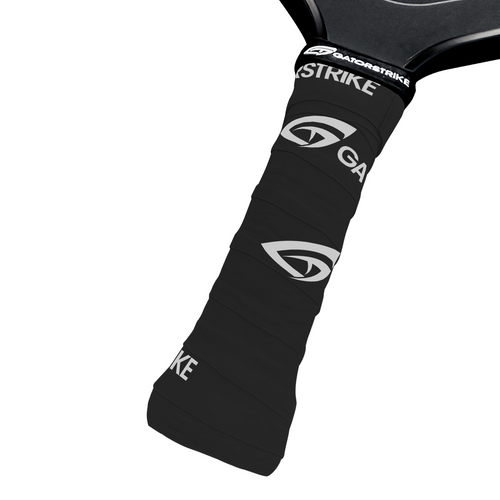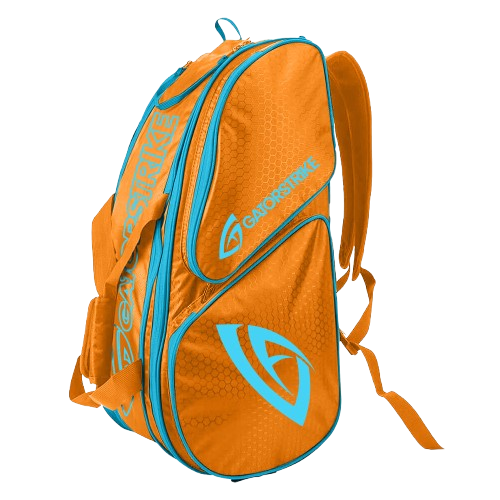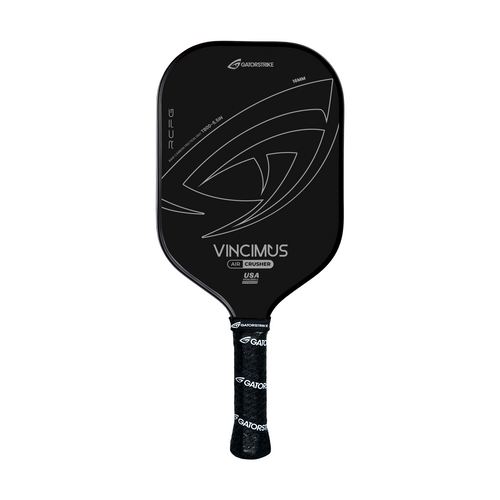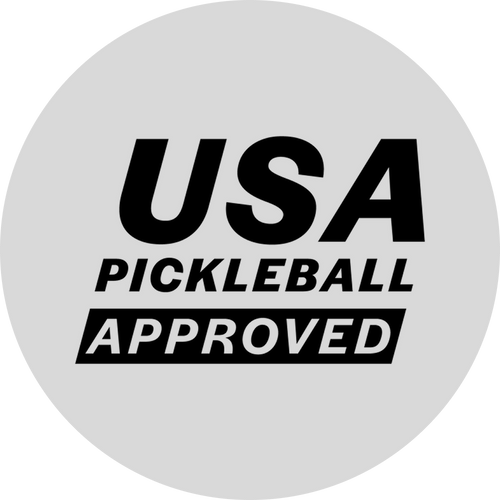
Doubles vs. Singles: How to Adapt Your Strategy for Different Game Formats
Share
Pickleball is a sport that demands adaptability. While the basic rules remain the same, playing singles versus doubles requires entirely different strategies. Singles is a test of endurance, speed, and shot placement, while doubles emphasizes teamwork, positioning, and quick reflexes. Understanding how to adjust your approach for each format will give you a competitive edge on the court.
This guide explores the key differences between singles and doubles pickleball and provides expert strategies to help you succeed in both game formats.
Singles Strategy: Speed, Precision, and Court Awareness
Playing singles means covering the entire court on your own. With no partner to rely on, your footwork, shot selection, and endurance become even more critical.
1. Serve & Return: Power and Depth Matter
A deep, powerful serve forces your opponent to stay back and gives you time to move into an offensive position. Similarly, returning deep shots helps push your opponent behind the baseline, reducing their ability to attack early in the rally.
2. Movement: Covering the Full Court
In singles, anticipating your opponent’s next move is crucial. Light and agile footwork allows you to recover quickly between shots. Instead of running unnecessarily, focus on controlled movements that keep you balanced and ready for the next shot.
3. Shot Selection: Passing Shots & Lobs
Because there is no partner covering the court, passing shots and deep drives are highly effective in singles play. Aim for wide angles to make your opponent move. If they come to the net, mix in well-placed lobs to keep them off balance and create openings.
4. Net Play: Strike First
Approaching the net at the right moment gives you a significant advantage. Aggressive volleys and well-placed drop shots can put your opponent on the defensive. However, be mindful of your positioning—charging forward at the wrong time can leave you exposed.
5. Mental Toughness: Patience Wins the Game
Singles pickleball requires not just physical endurance but also mental resilience. Points are often won by outlasting your opponent rather than hitting outright winners. Staying patient and waiting for the right opportunity is key.
Doubles Strategy: Teamwork, Communication, and Control
Doubles is a game of coordination. With a partner by your side, communication and positioning take center stage. Unlike singles, where speed and individual shot-making are crucial, doubles rewards consistency, smart shot placement, and synergy with your teammate.
1. Serve & Return: Precision Over Power
In doubles, power isn’t as important as accuracy. Placing your serve strategically—rather than just hitting it hard—helps control the flow of the rally. Similarly, deep, well-placed returns allow you and your partner time to move forward to the net, where most points are won.
2. Court Positioning: The Power of Coordination
Doubles teams that stay connected and cover the court efficiently are the hardest to beat. Both players should move in unison, ensuring there are no large gaps for the opponent to exploit. Staying at the kitchen line together prevents easy passing shots.
3. Shot Selection: The Soft Game is King
Unlike singles, where power can be an advantage, doubles relies heavily on soft, controlled shots. Mastering dinks, third-shot drops, and resets is essential to neutralizing aggressive opponents. Keeping the ball low and controlled forces mistakes and creates opportunities for your team.
4. Communication: The Silent Weapon of Winning Teams
Clear communication with your partner can make or break a match. Calling shots early prevents hesitation and unforced errors. Developing nonverbal cues—such as subtle hand signals—can also help with positioning and shot selection.
5. Net Play: Dominate the Kitchen
Winning doubles teams control the kitchen line. The key is staying close enough to react to fast exchanges while being ready to reset the point if needed. A well-coordinated net presence puts pressure on opponents and limits their attacking options.
Common Mistakes to Avoid in Each Format
Singles Mistakes
- Overhitting—going for too much power can lead to unnecessary errors.
- Staying too far back—if you never approach the net, you’ll be stuck in a defensive position.
- Ignoring angles—hitting straight shots makes it easier for opponents to defend.
Doubles Mistakes
- Poor communication—silent teams struggle with court coverage and shot selection.
- Playing too defensively—passive teams allow opponents to dictate the pace.
- Neglecting the soft game—relying solely on power won’t work against skilled opponents.
Final Thoughts: Becoming a Versatile Pickleball Player
A well-rounded pickleball player can switch seamlessly between singles and doubles. Each format requires a unique skill set, but the ability to adjust your strategy will make you more effective in both.
Key Takeaways:
- Singles demands endurance, strong passing shots, and aggressive net play.
- Doubles relies on teamwork, precise shot placement, and strategic net control.
- Adapting to different game formats enhances your overall skill and competitiveness.
Whether you prefer the solo challenge of singles or the camaraderie of doubles, understanding these key differences will elevate your performance. Step onto the court with confidence, and embrace the strategic nuances that make each format unique!
